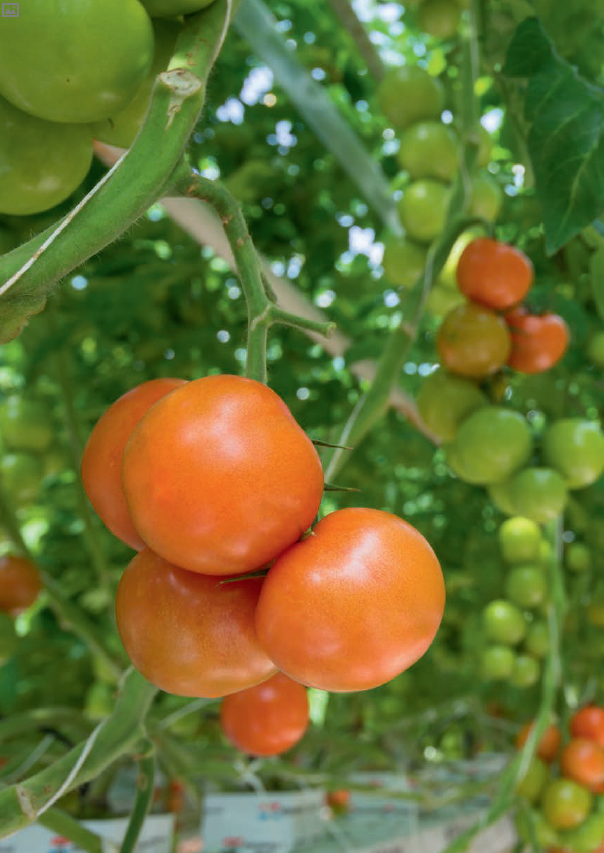
Hygiene management contributes to sustainable horticulture
For as long as humans have walked the earth, we’ve depended on plants for food and shelter, to act as environmental filters and to simply make life more enjoyable. Without plants life would cease to exist. The fortunate combination of plant science and artistic or practical application, for the expressed purpose of societal benefit is called horticulture. Horticulture includes the cultivation of plants, fruits, vegetables, mushrooms and greenhouse cultivation.
In a highly efficient way CID LINES, An Ecolab Company, offers a full range of products to clean and disinfect greenhouses, mushrooms, and more.

GREENHOUSE
Removing leaves, fruit and flowers from plants should be carried out attentively as many contaminations can be spread by touching plants. It is recommended that farm workers start work in these areas of the crop which are the most disease free and work towards possible diseased areas, as this limits spreading the infection to non-infected areas.
For the same reason an infested greenhouse or field should always be worked in at the end of the day rather than at the beginning. Pathogens can be picked up on hands, tools and clothing, thereby spreading the disease. If this is not possible, disposable gloves, suits and booties should be worn for each area.
One of the most effective ways of reducing disease carryover from one crop to the next is by cleaning out and disinfesting structures between plantings. To effectively clean:
-
all biological matter (plants, soil, algae, etc.) should be removed
-
all water pipes and hoses should be descaled and flushed with appropriate chemicals to remove pathogens
-
all surfaces should be washed down and rinsed with disinfectants
TRAYWASH
 It is critical to clean and disinfect surfaces that come in contact with food as well as the bins where vegetables and fruits are being stored. To achieve effective sanitation, cleaning must be done before disinfectants are used. The selection of cleaning and sanitizing agents can vary depending on the specific needs within a facility.
It is critical to clean and disinfect surfaces that come in contact with food as well as the bins where vegetables and fruits are being stored. To achieve effective sanitation, cleaning must be done before disinfectants are used. The selection of cleaning and sanitizing agents can vary depending on the specific needs within a facility.
Cleaning and sanitizing solutions should be made with potable water (water that is suitable for drinking). Keep in mind water hardness can also influence the effectiveness of cleaners.
The following sequence should be followed:
1. Rinse
2. Clean
3. Rinse
4. Sanitize

MUSHROOM CULTIVATION
The foundation for cultivating healthy mushrooms is well-pasteurised compost and pure casing soil. By providing good spore filters, well sealed growing rooms and correct monitoring, growers should be able to limit the use of chemical control agents to a minimum. This isn't only an efficient cost cutting exercise, but benefits the sector's image as a whole.
Scrupulous hygiene in and around the farm is of utmost importance. Growers shouldn't wait until they have to use crop protection agents to fight pests and diseases. Correct hygiene can be enough to ensure sufficient prevention and not force cure using various pesticides.